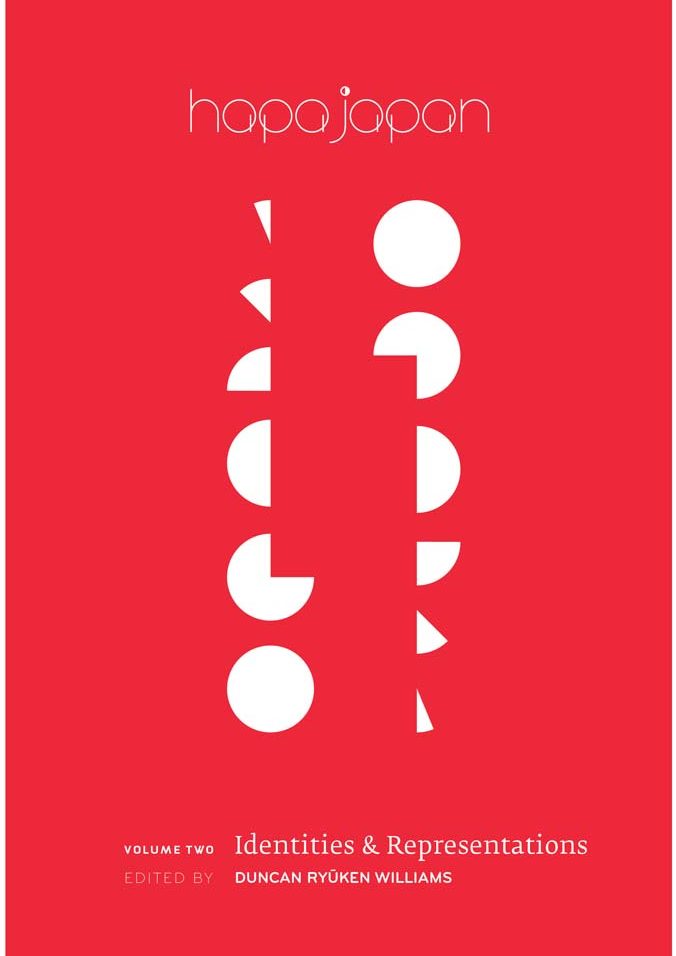What Would It Mean To Have A ‘Hapa’ Bachelorette?
Code Switch: Frontiers of Race, Culture and Ethnicity
National Public Radio
2016-03-13
Akemi Johnson
On a recent episode of The Bachelor, the ABC dating reality show that ends its 20th season Monday night, contestant Caila Quinn brings Ben Higgins home to meet her interracial family.
“Have you ever met Filipinos before?” Quinn’s mother asks, leading Higgins into a dining room where the table is filled with traditional Filipino food.
“I don’t know,” he replies. “No. I don’t think so.”
As they sit around the adobo and pancit, Quinn’s father talks to Higgins, white man to white man. What comes with dating Quinn, the father says, “is a very special Philippine community.” Quinn grimaces.
“I had no idea what I was getting into when I married Caila’s mother,” the father says. But being married to a Filipina, he assures Higgins, has been “the most fun” and “magical.”
This scene can be read as an attempt by The Bachelor franchise to dispel criticisms (and the memory of a 2012 lawsuit) concerning its whitewashed casts. It shows how these attempts can be clunky at best, offensive and creepy at worst.
Quinn’s run also demonstrates how, as this rose-strewn, fantasy-fueled romance machine tries to include more people of color, diversification looks like biracial Asian-American — often known as “hapa” — women…
…Mixed-race Asian-white women become the perfect vehicles for diversity on this show because they are “white enough to present to the family,” as Morning said, while still being exotic enough to fill a quota. Morning suggested they also get a boost from the model minority myth and the recent idea that being multiracial is “cool.”…
…Myra Washington, assistant professor of communication at the University of New Mexico, predicted an increase in black contestants if Quinn becomes the bachelorette. “Not Wesley Snipes black, because this is still TV,” she said. She guessed there would be more mixed-race African-Americans, brown-skinned men, Latinos. But colonial legacies and systems of power die hard. “I think she’ll ultimately end up with a white dude,” she said.
Read the entire article here.

